David Hobby (Mr Strobist) came back to the UK for a Strobist seminar tour last month. As I already attended the seminar before, this year I just came for a drink with some London Strobists admins. At some point during the evening DH took this shot:
It was a very pleasant evening and I'm sure all who attended the seminar have learned a lot.
Thanks to Permadaylight for creating this great video clip of the London Strobist meetup group last Halloween 2009.
The meetup was organized in Club Life, a night club in Vauxhall. Lot of photographers and models turn up with the help of MUA.
If you are interested in photography and particularly into off-camera flash then I strongly suggest that you visit the group's website (see links below).
There was another meetup today in Stratford, we managed to get an ex warehouse and gathered 20 photographers, 8 models and 4 MUA. Pictures will appear on the group Flickr stream soon.
I've recently been contacted by several photographers, including Tony Kieu, my cousin in Australia, wanting to start taking photograph of models but just don't know where to start with. As most of us at the beginning, they started to take portraits asking their wife or a family members to pose for them, then, after a little (or big) while both parties can sometimes start to loose interest and the photographer just wants to get into something more challenging: photographing a model.
Taking pictures of a friend, of your wife or of a family member is something easy. It's a person you're going on well with so it's easier to be open and do some crazy things. Meeting and photographing a stranger is something else. For a lot of photographers it can be a really big challenge which can get worse with the time if they don't make the jump and try it.
Hopefully, with the help of the Internet, you can prepare and liaise with models online which makes it easier to arrange a meetup for a photo session.
I've recently joined Twitter and got addicted :-D, it's a free social messaging utility for staying connected in real-time. A lot of people are using Twitter to just update their status answering to the classic question "What are you doing?" within 140 characters. But Twitter can be used as a great micro-blog allowing you to stay connected with not only your relatives and friends but also to other professionals and individual (read potential customers). Well used, Twitter can be a great complement to your online website showing case your work, dragging traffic to your main website and staying in touch with your visitors, they will not only read your blog or view your pictures, they now can communicate with you in real time, follow your every day work etc... This gives a new dimension to your online marketing.
Twitter is also a great source of news and advises, in today's Fave Links I will list some of my favorite tweets from other members of the Twitterverse (universe of Twitter).
It's become tougher to take pictures in the City nowadays, you can be stopped by an overzealous security guard or a police officer saying you are breaking the law by taking pictures on the location. They can even suspect you of being a terrorist or helping one.
"Set to become law on 16 February, the Counter-Terrorism Act 2008 amends the Terrorism Act 2000 regarding offences relating to information about members of armed forces, a member of the intelligence services, or a police officer.
The new set of rules, under section 76 of the 2008 Act and section 58A of the 2000 Act, will target anyone who 'elicits or attempts to elicit information about (members of armed forces) ... which is of a kind likely to be useful to a person committing or preparing an act of terrorism'.
A person found guilty of this offence could be liable to imprisonment for up to 10 years, and to a fine."
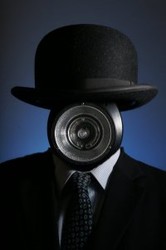
Using flash is something that a lot of beginners and even pro photographers are avoiding stating that available light is the way to go and natural light is the best light. But have you ever thought that by putting your flashgun in you bag, you make it an available light ready to be used wherever and whenever you need to complement or replace a bad natural light?
What if you need to do a bikini shoot in a dull cloudy day like we got here in London, UK? What if you are shooting indoor with low light level without those high end cameras? There are a lot of situations where a flashgun becomes handy and that's the reason why you should now start to use an external flashgun and learn to use it off-camera for a more creative light.
Learning to use your flash properly is not difficult. It's just a matter of practicing again and again. But once you get it, it will boost your creativity and make you go to the next level.
If you are among the photographers that use lighting and like to share their techniques, you will probably describe your lighting setups for a particular photograph. But writting a description of a lighting setups is better if illustrated by a lighting diagram: one diagram is worth thousand words! Actually a lighting diagram can even save you typing a long description.
But drawing (by hand or with softwares like Illustrator) is maybe not your cup of tea. So one solution is to use ready-to-use lighting diagrams methods
One of the method is to use a template file containing a set of icons representing photographics objects (camera, umbrella, strobes...) and build your diagram from there. It is usually a PSD file with each object in a single layer. You then just need to hide/unhide a layer, duplicate it, rotate/move it to create your diagram.
A second method, which is more practical and does not require any software installation, is to use an online lighting diagram creator/editor.
I've been living in London since June 2006. By September/October 2006, if memory serves, I've joined the Ealing & Hampshire House Photography Society (EHHPS) after Googling for some camera club in my area. The club exists for quite some years now and meets every Thursday evening at 8pm at the Ealing Town Hall. There are two competitions per month, one print and one digital and we usually socialise in a pub nearby after each meeting.
After a little while I've joined few other clubs and groups such as the LPMG and the London Strobist group.
Joining a camera club is very useful and fun. It allows you to show your work and see the ones from other photographers. This is great as you can discuss ones technique and learn from that. Competitions from photographic societies are interesting, having good or bad marks does not always mean that your picture is a wow or a crap, but it helps with understanding and improving your skills in some areas.
In the "Fave Links" category, I will try to regularly post links to some of my favorites photography related websites and/or videos.
Today I've found some few interesting videos on YouTube, it's all about other photographers' hints and tips they want to share with the community. It's very interesting to see how other photographers are dealing with their job and what they can advise you to do in some situations. Some tips may or may not suit you so just keep the one you feel for it, don't reject the rest but keep them somewhere (in your head or if your memory is not good enough like mine, in your bloc note) as they may be useful one day.








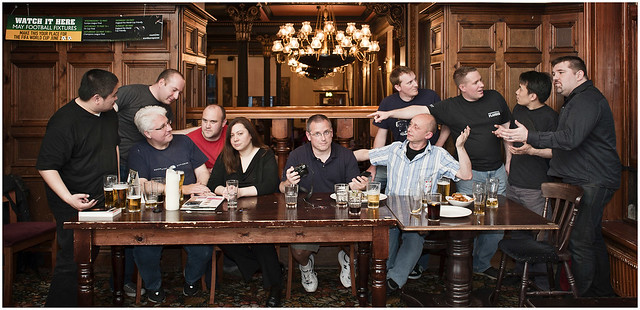

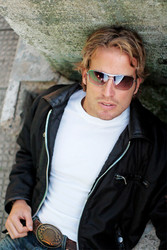
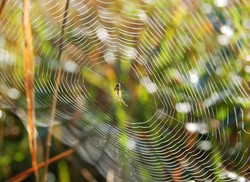
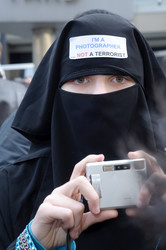
View comments (1)